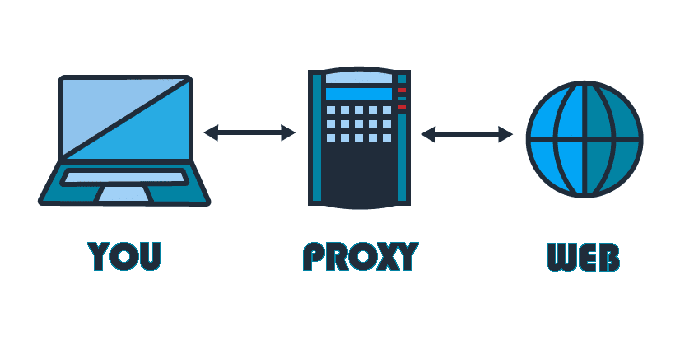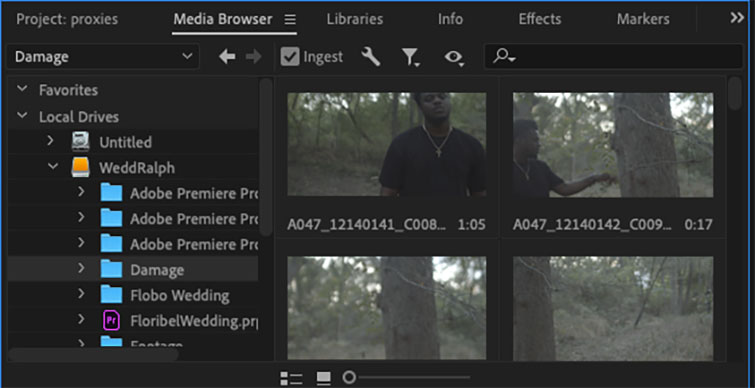

button and a tool dialog pops up that allows us to test our pattern.

We want to match everything after the domain name, which is what ".*" will do for us.Ĭlick the Test pattern. Since we want to be very broad and capture everything, our regex is quite simple. Figure 6: Inbound Ruleīreaking this step down a bit further, the pattern is how we want to handle capturing incoming request to the website we setup to act as our reverse proxy (). It's outside of the scope of this article, but know you can get more complex in the pattern matching and route handling.įirst, we need to provide a name for our rule, add a pattern for how we want to match incoming request, and set the rewrite URL. Figure 5: Add Ruleįor our example, the configuration is pretty straightforward. This will bring up the following dialog, under Inbound rules. Next, click the Add Rule(s) item from the Actions section on the far right. To do this, double click on the URL Rewrite option under our website (shown in Figure 3). Figure 3: URL Rewrite Step 3: Configure URL RewriteĪfter we have setup our new website, that will act as our public end-point, we need to configure it as our reverse proxy. This is what we will use to configure our reverse proxy. Notice the URL Rewrite option that shows up after we successfully installed the extension. When selected, we should see the following options. Figure 2: Add Website FormĪfter clicking OK, we should see our website. Once you have completed the form, click OK. Here, we created a test folder under our websites folder. Note: Even though we aren't setting up an actual website, we still need to create a folder somewhere for our dummy site. For our example, we will create a new sub-domain for our website. Next, fill in some details about the website. Right click on Sites, then select Add Website.

To begin, open up IIS manager and create a new website to use as your reverse proxy end-point.
HOW TO MAKE PROXY WEBSITES INSTALL
On the server you choose as your reverse proxy, download and install the URL Rewrite extension taking all the defaults when installing. This will allow us to configure IIS to act as a reverse proxy server. The first thing we need to do is install an IIS extension called URL Rewrite. Install-WindowsFeature -name Web-Server -IncludeManagementTools We have installed IIS 10 using a simple PowerShell command.ĭoing so will setup and configure IIS using all the basic defaults that come with IIS.
HOW TO MAKE PROXY WEBSITES WINDOWS


 0 kommentar(er)
0 kommentar(er)
